
All categories
Featured selections
Trade Assurance
Buyer Central
Help Center
Get the app
Become a supplier

(3353 products available)



















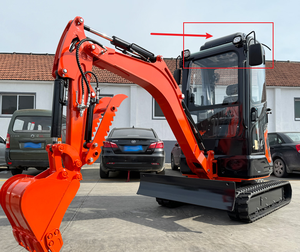
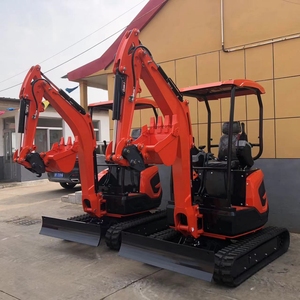
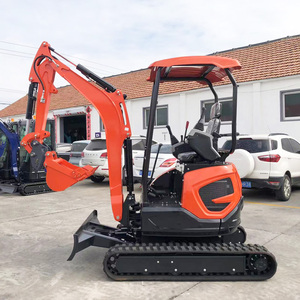
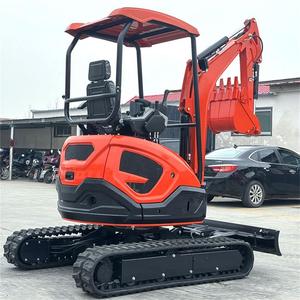
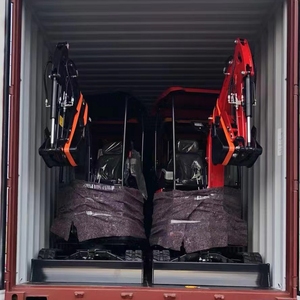
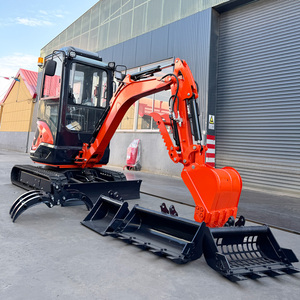
























4x4 all-terrain vehicles, or ATVs, are off-road vehicles designed for rough terrain. They are best for exploring the wilderness, navigating desert dunes, and climbing steep mountain paths. The tires are designed to provide traction on various surfaces, including mud, sand, rocks, and snow. These vehicles are equipped with powerful engines that allow them to reach high speeds and handle heavy loads. There are several types of all-terrain vehicles, including the following:
Utility ATV
Utility ATVs are the most popular type of ATV. It is designed for agricultural and industrial work. It has a high load-carrying capacity and is also suitable for towing. This 4x4 all-terrain vehicle is widely used for farm work, forestry, and construction sites. It has a comfortable seat and is easy to operate, making it suitable for various users.
Sport ATV
Sport ATVs are designed for racing and recreational use. It has a lightweight body and high-speed performance. Sport ATVs have high maneuverability and are suitable for competitive sports and leisure activities. They are ideal for motocross, trail racing, and other high-speed off-road events.
Side-by-Side (SXS) Vehicle
Side-by-side (SXS) vehicles are also known as UTVs (Utility Task Vehicles). It has two or more seats arranged side by side. SXS vehicles are designed for passenger transport and cargo transportation. They have a stable chassis and good off-road performance, making them suitable for family travel and commercial applications.
Dirt bikes
Dirt bikes are lightweight and have high-speed performance. It has a motorcycle structure with two wheels, making it suitable for agile maneuvering and high-speed driving on dirt roads. Dirt bikes are widely used in motocross, trail riding, and competitive sports.
Sand Rail
Sand rail is a specialized all-terrain vehicle designed for sandy environments like deserts and beaches. It is built with a tubular frame and has high ground clearance. Sand rails are high-speed vehicles suitable for sand dunes, desert racing, and beach activities.
Understanding the specifications and maintenance of 4x4 all-terrain vehicles is essential for buyers sourcing these products. The following are some of the key factors to consider:
Engine
All-terrain vehicle 4x4 truck specifications: For a powerful performance, the 4x4 all-terrain vehicle can be equipped with a gasoline engine that has an output of about 400 horsepower. Also, the torque should be about 400 lb-ft. For better fuel efficiency, the all-terrain vehicle can feature a hybrid engine. Such an engine will have an output of about 270 horsepower and 300 lb-ft of torque. Electric motors are also used in some all-terrain vehicles. This is because the electric motor provides instant torque, which is about 500 lb-ft or more. This allows the vehicle to accelerate quickly and handle off-road obstacles with ease.
Tires
When it comes to navigating rough terrains, the 4x4 all-terrain vehicle relies on its sturdy tires. These vehicles feature tough tires designed for different terrains. The tire size ranges from 31 to 35 inches in diameter. This allows the tires to have a better grip on the rocky surfaces. Also, the tires have an aggressive tread pattern that enhances traction in mud, sand, and snow. The material used for the tire is the durable rubber compound that resists wear and punctures. This ensures the tires last longer. Moreover, the 4x4 all-terrain vehicles' tires have noise-reducing technology. This feature minimizes the noise produced while driving on the highway.
Suspension
The all-terrain vehicles also feature a high-performance suspension system. This is because the suspension system plays a vital role in off-road driving. It helps to absorb bumps and provides a smooth ride. The 4x4 all-terrain vehicle comes with a suspension with a travel range of 10 to 12 inches. Also, the suspension features high-performance shocks and struts. This helps to provide stability and better handling on rough terrains.
Maintenance
The 4x4 all-terrain vehicle requires proper and regular maintenance to function and perform well. The following are some of the maintenance tips for the all-terrain vehicles:
Clean the air filter regularly to prevent dirt and dust from clogging the engine.
Check the tire pressure before driving to ensure the tires are properly inflated.
Change the engine oil after every 50 hours of riding time or every six months, whichever comes first.
Inspect the suspension components for wear and replace them when necessary.
When choosing a 4x4 all-terrain vehicle, consider the following:
With these factors in mind, choosing a 4x4 all-terrain vehicle that meets business needs and preferences will be easier.
Most off-road 4x4 vehicles have different complex mechanical systems. When maintaining or repairing them, users should read the owner's manual to understand the DIY process better. Generally, the DIY process will require the following tools:
For the all-terrain 4x4 truck, DIYers can follow the simple steps below to replace common parts:
Q1: Are all-terrain vehicles street legal?
A1: Yes, all-terrain vehicles are legal on the street, provided that they meet the required regulations set by the authorities. The regulations include aspects such as having a functioning windshield, vehicle identification number (VIN), seatbelts, and proper vehicle registration.
Q2: What is the difference between a 4x4 and an ATV?
A2: 4x4 refers to a four-wheel-drive vehicle that has two or three lanes that permits the vehicle to traverse rough terrain, such as mud, snow, or sand. On the other hand, an ATV is a four-wheeled vehicle designed for a variety of terrains. Unlike 4x4s, ATVs do not have a differential that allows for independent wheel traction.
Q3: Can buyers customize 4x4 all-terrain vehicles?
A3: Yes, buyers can customize 4x4 all-terrain vehicles. Customization can improve the vehicle's performance, enhance its appearance, and increase overall comfort. Some common customization features include upgrading suspension systems, installing winches, improving light systems, and upgrading the interior.
Q4: How fast can all-terrain vehicles go?
A4: The speed of all-terrain vehicles depends on the type of vehicle and its design. Generally, all-terrain vehicle top speeds range from 30 to 70 mph. However, some sport models can reach speeds of up to 60 mph. The speed is influenced by factors such as terrain, vehicle condition, and safety measures.